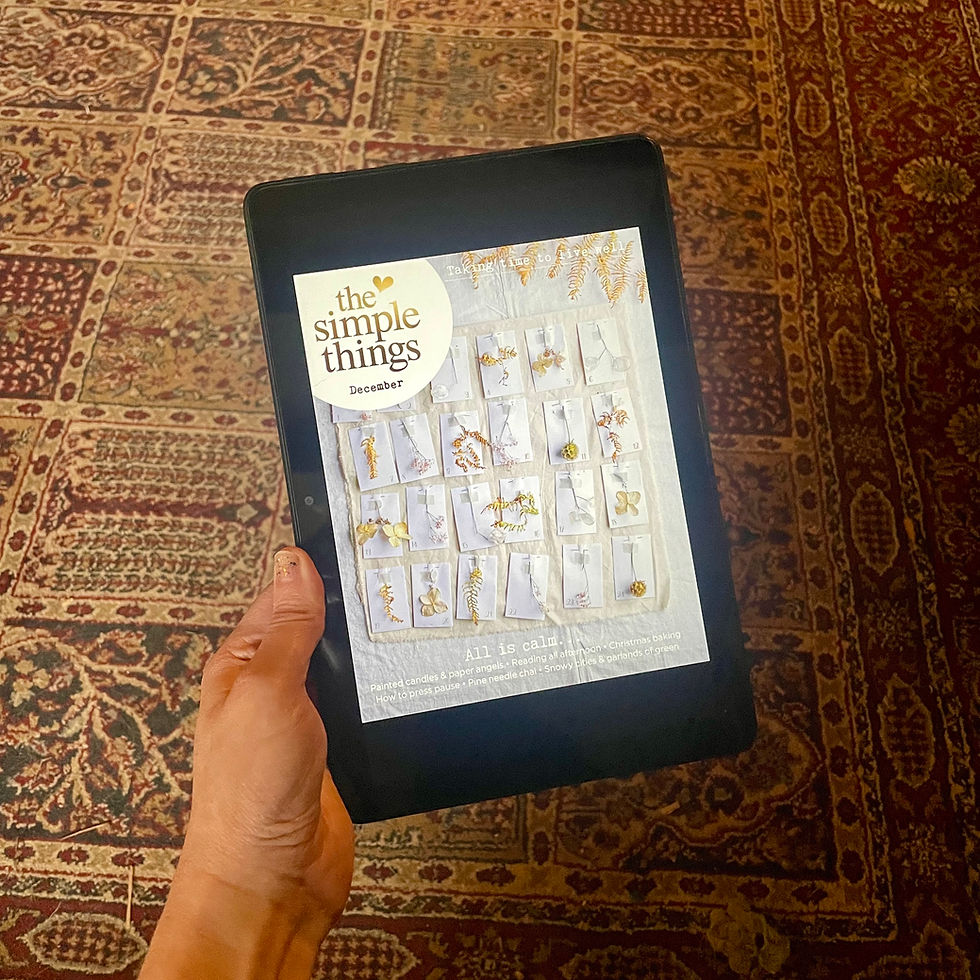Plastic Culture
- hello@makingroots.co.uk

- Jun 22, 2018
- 2 min read
Updated: Apr 13, 2020
Who knows what this beautiful piece of glass is? An old fashioned Malaysian fishing buoy. This beautiful bubble of glass was used to float fishing nets.
It signifies a lot. I found this buoy a year ago, on a Turtle testing beach whilst checking for nesting turtles. A local lady told me that when she was growing up this was the type of fishing equipment used and it changed to plastic floats about 50 years ago. This buoy broke loose and floated for 50 years before finding its way to me. Unlucky for the future me’s, who in 50 years, will just find plastic (and probably won't be searching for nesting Turtles...
This glass bobble also presents a time of slower, careful fishing practices in the area. A hand blown glass bauble would have been expensive, and a tool that fishermen wouldn’t let go. Careful slow fishing, to feed their family and perhaps a few to market. Maintaining their equipment, being physically careful of the glass.

The introduction of plastic now means there is a disposable culture, a gun-ho approach to fishing in which loosing your net isn’t a problem as it’s cheap and thought of as disposable. Ghost netting like this, kill a huge percentage of Sea Turtles every year. In Malaysia, I witnessed the result of those deaths, and more from boat strikes. Along with egg consumption and climate change altering the sex of hatchling turtles, we are at risk of loosing an ancient and magnificent species. It’s not just Turtles that are impacted though, with many species drowning in ghost nests, or impacted by the plastics problems in the oceans. And it’s not just fishing net. We are all responsible for plastics.
We were using them before we knew they were a problem. But now we know the extent of the problem, and we need to act. Plastic you throw away has the potential to contribute. Reduce reuse recycle.







Comments